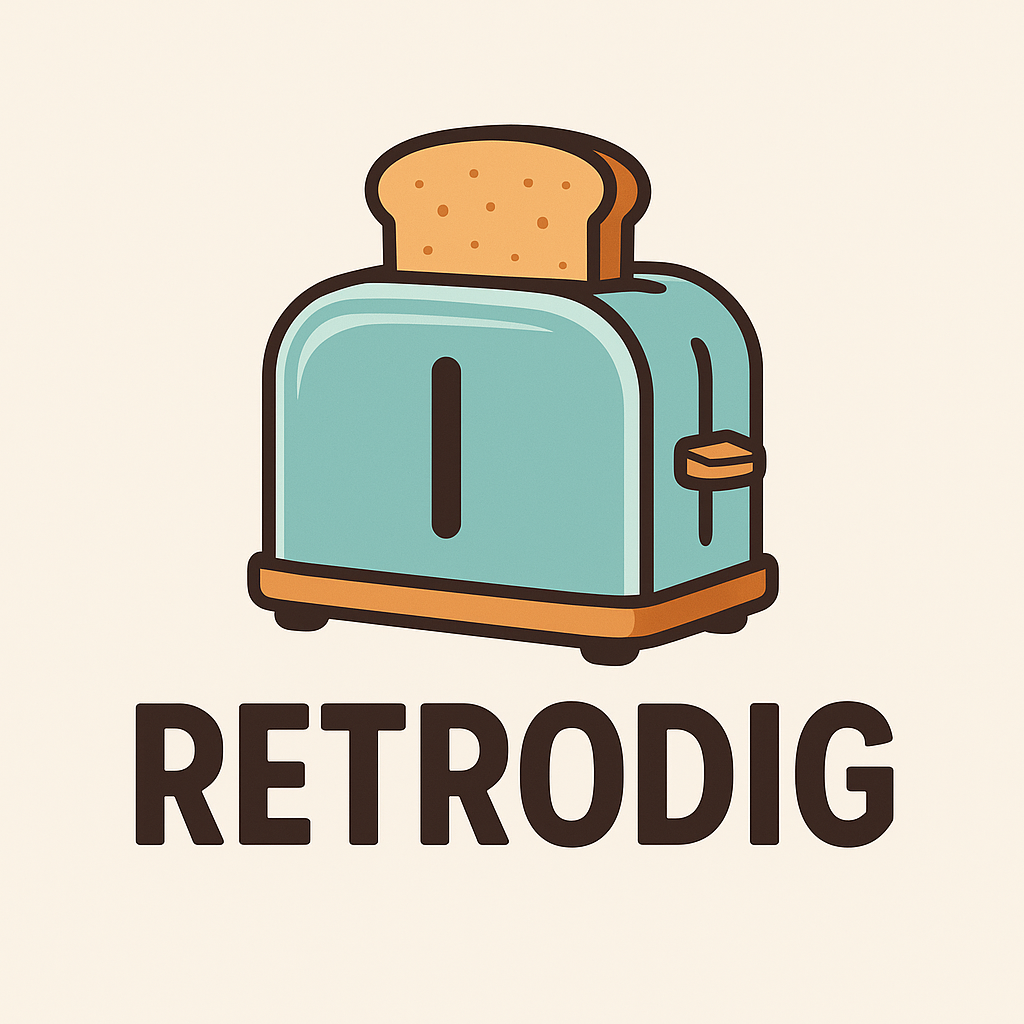Collecting retro toasters is a niche hobby that combines an eye for design, knowledge of history, and an appreciation for functional mechanics. The thrill of spotting a collectible toaster in a thrift store, estate sale, or online auction comes from understanding what makes certain models stand out, both aesthetically and historically. Not every old toaster is a collector’s item, so knowing what to look for is crucial.
The first step is understanding the eras that produce the most collectible designs. Toasters from the 1920s to the 1980s are typically the most sought-after, as they represent periods of significant innovation and distinctive design. Early toasters, such as those from the 1920s and 1930s, often feature polished chrome exteriors, bakelite knobs, and exposed heating elements. Models from this era are rare because many were discarded after decades of use, so finding one in good condition is especially valuable. These toasters may be small, simple, and utilitarian, but their age and craftsmanship make them highly collectible.
Toasters from the 1950s and 1960s are perhaps the most recognizable and visually appealing to collectors. This was the era of pastel-colored appliances, playful curves, and attention to kitchen aesthetics. Iconic brands like Sunbeam, Toastmaster, and Westinghouse released models in soft green, pink, blue, and yellow, often with chrome accents. When spotting these toasters, pay attention to the paint quality and the condition of the chrome. Original, unchipped paint is far more valuable than a repaint or heavily scratched finish. Small details, such as uniquely shaped levers, distinctive dials, or embossed logos, can dramatically increase collectibility.
The 1970s and 1980s brought bolder colors, geometric shapes, and innovative features. Collectors often look for toasters with unusual color schemes, wood accents, or dual-slot designs. Even if a toaster appears slightly dated by today’s standards, the combination of design flair and mechanical durability can make it highly desirable. Understanding the historical context of each design helps identify pieces that are not only functional but iconic representations of their time.
Condition is paramount when evaluating potential collectibles. Functional toasters that still heat evenly are preferable, but collectors also value visual integrity. Rust, missing knobs, or broken levers can decrease value, although careful restoration can sometimes preserve both appearance and function. Authenticity matters as well; original parts, branding, and labels can confirm a toaster’s era and maker, ensuring it is a true collectible rather than a modern reproduction.
Another critical factor is rarity. Certain models were produced in limited numbers or were only available regionally, making them much more desirable to serious collectors. Researching production numbers, model variations, and identifying marks can help determine whether a toaster is a hidden gem or a common find. Collector communities, online forums, and historical appliance catalogs are excellent resources for learning these details.
Finally, presentation and uniqueness play a role in spotting a collectible toaster. Quirky shapes, unusual lever mechanisms, or striking color combinations are often more valuable than standard, mass-produced designs. Even small design touches, like chrome stripes, rounded edges, or embossed brand logos, can make a toaster stand out from the hundreds of similar models found in thrift shops or flea markets. Collectors develop a trained eye over time, learning to spot these subtle cues quickly.
In summary, spotting a collectible retro toaster requires a mix of historical knowledge, attention to detail, and an understanding of aesthetics and functionality. Knowing the era, brand, design features, condition, rarity, and unique elements will give collectors the edge when hunting for these kitchen artifacts. The hunt itself becomes part of the experience, turning a simple appliance into a window into design history and a prized addition to any collection.
Before you make your final choice, check out our full Retro Toaster Buyer’s Guide. It breaks down everything you need to know about materials, durability, heating performance, and extra features so you can pick the perfect toaster for your kitchen.
